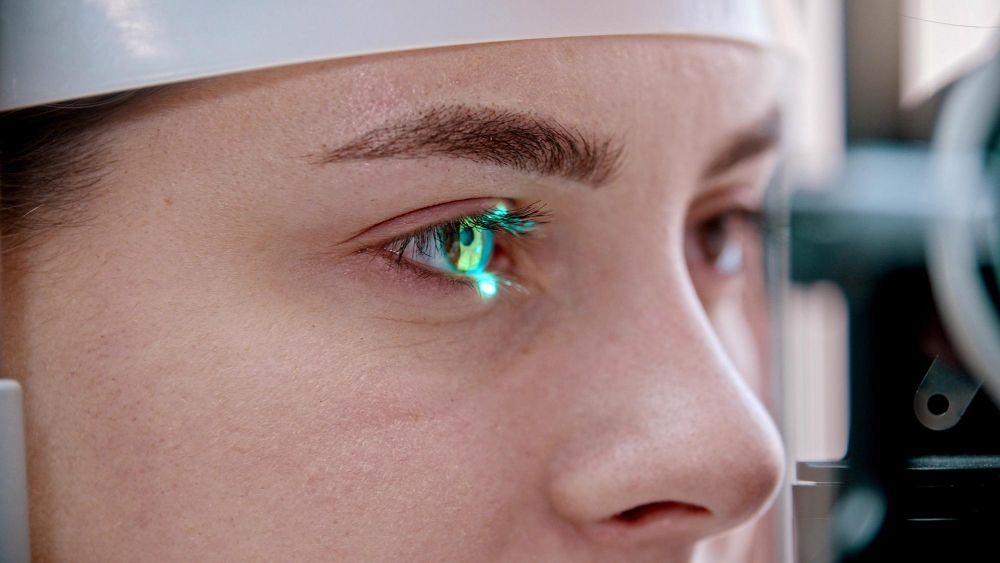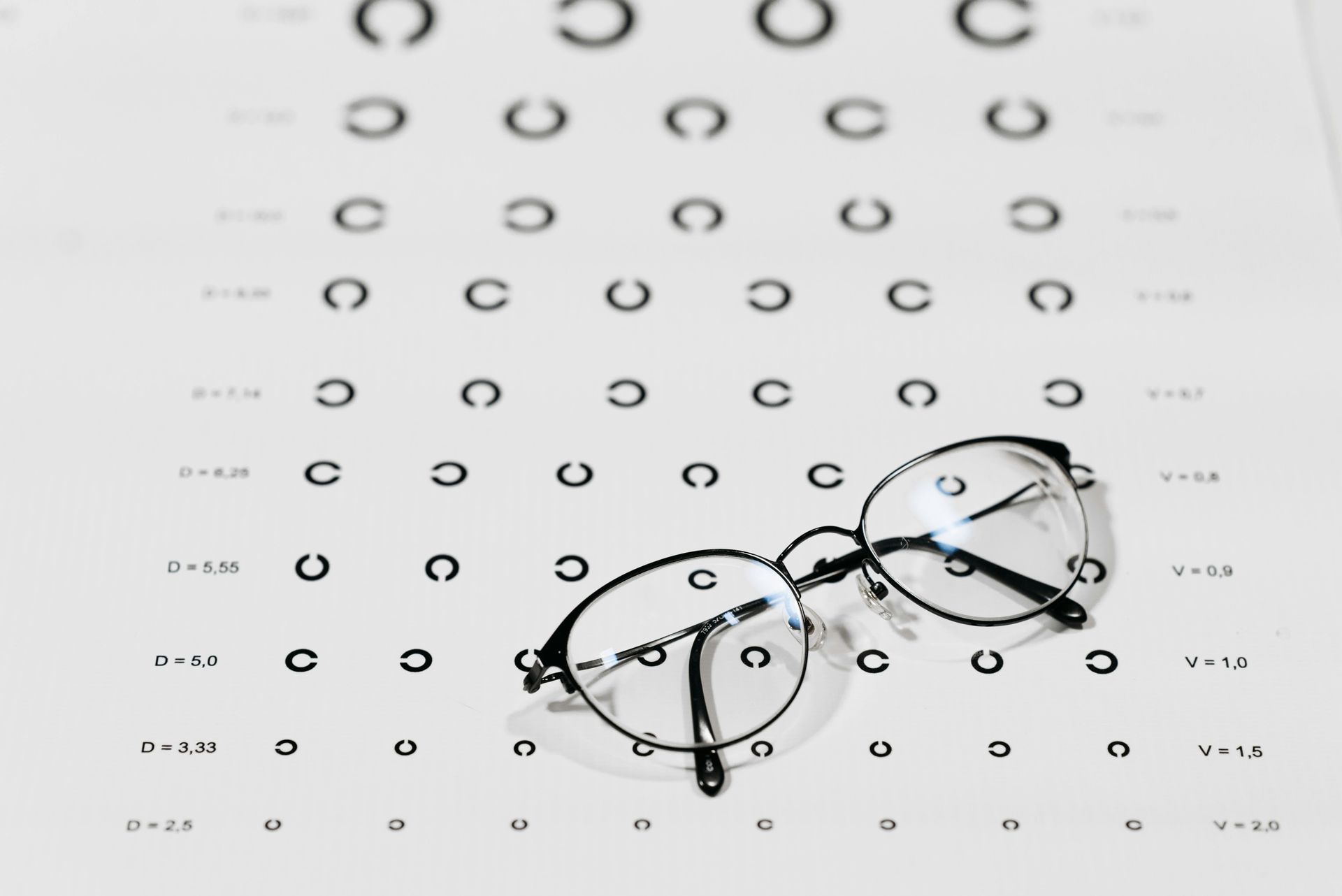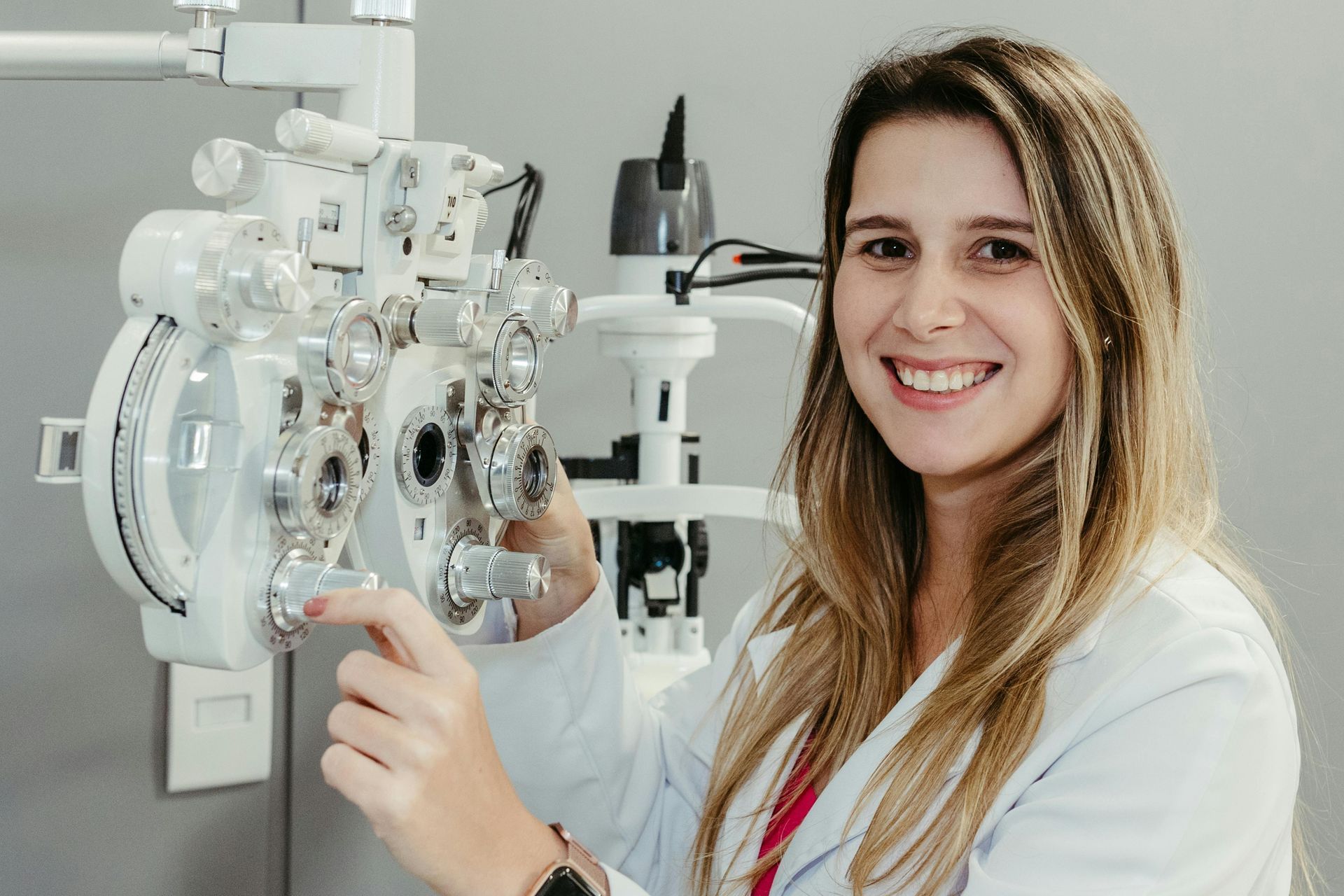Complex activities for children with vision problems
Good oculovisual health is essential to a child's overall well-being, playing a key role in his or her success both at school and on the playground. As children grow older, visual demands increase with higher workloads, smaller print in reading materials and participation in more complex sporting activities. While visual skills are often noticeable in the classroom, they can also pose challenges in extracurricular activities.
Be vigilant when your child participates in the following activities, as they may reveal signs of vision problems:
Reading
In addition to 20/20 vision, reading requires the eyes to focus, track and coordinate effectively, while employing comprehension skills. Look out for the following signs: lack of interest in reading, holding material too close, losing space when reading, or needing to follow text with your finger. This could indicate a vision problem.
Sports
Sports require specific visual skills such as depth perception, a wide field of vision, good hand-eye coordination and rapid visuomotor reaction time. If your child frequently bumps into or misses the basket in basketball, or reacts late in baseball, this could signal a vision problem.
Watching television
Squinting, tilting the head, closing one eye or sitting too close to the TV screen may indicate a vision problem.
Screen use
With the increasing use of digital devices, children often spend too much time in front of the computer, smartphone or tablet. To avoid digital eye strain and other vision problems associated with prolonged screen use, it's crucial to take regular breaks according to the 20-20-20 rule. Watch out for signs of eye rubbing, excessive blinking or dry eyes caused by staring at the screen for too long. Sleep deprivation and headaches can also indicate excessive screen use.
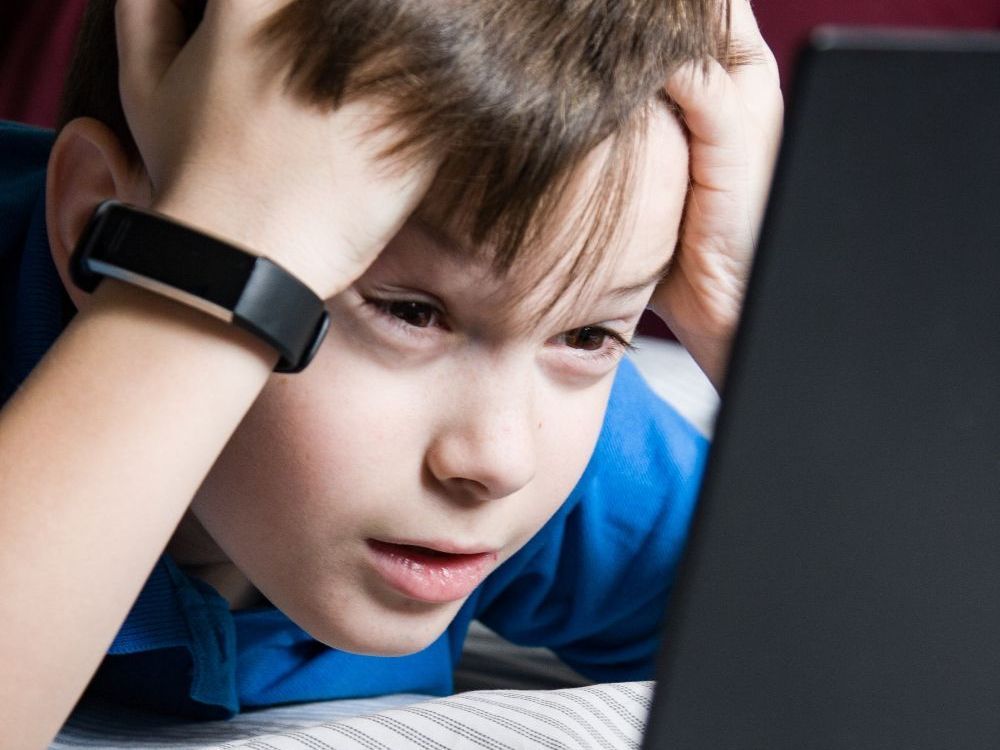
Refractive disorders such as myopia, hyperopia (or presbyopia) and astigmatism are often at the root of learning or skill acquisition difficulties. However, other causes may also be at play, such as adaptation problems, visual perception disorders, or other eye conditions impacting vision. In addition, children with vision problems can sometimes be misdiagnosed with ADHD .
As children grow, so do their eyes. Children with vision problems often don't realize they have them unless they are detected by an eye exam. That's why an annual eye exam by an optometrist is essential for children aged 5 to 19, to monitor their eye health. Infants should have their first eye exam between 6 and 9 months, a second before the age of 5, followed by annual examinations. Consult your optometrist to learn more about your child's vision health.
Place Farmer
64-C, boulevard Gréber
Gatineau (Québec) J8T 3P8
819-246-1699
Place Fleur de Lys
450-B, Boulevard St-Joseph
Gatineau (Québec) J8Y 3Y7
819-776-0188
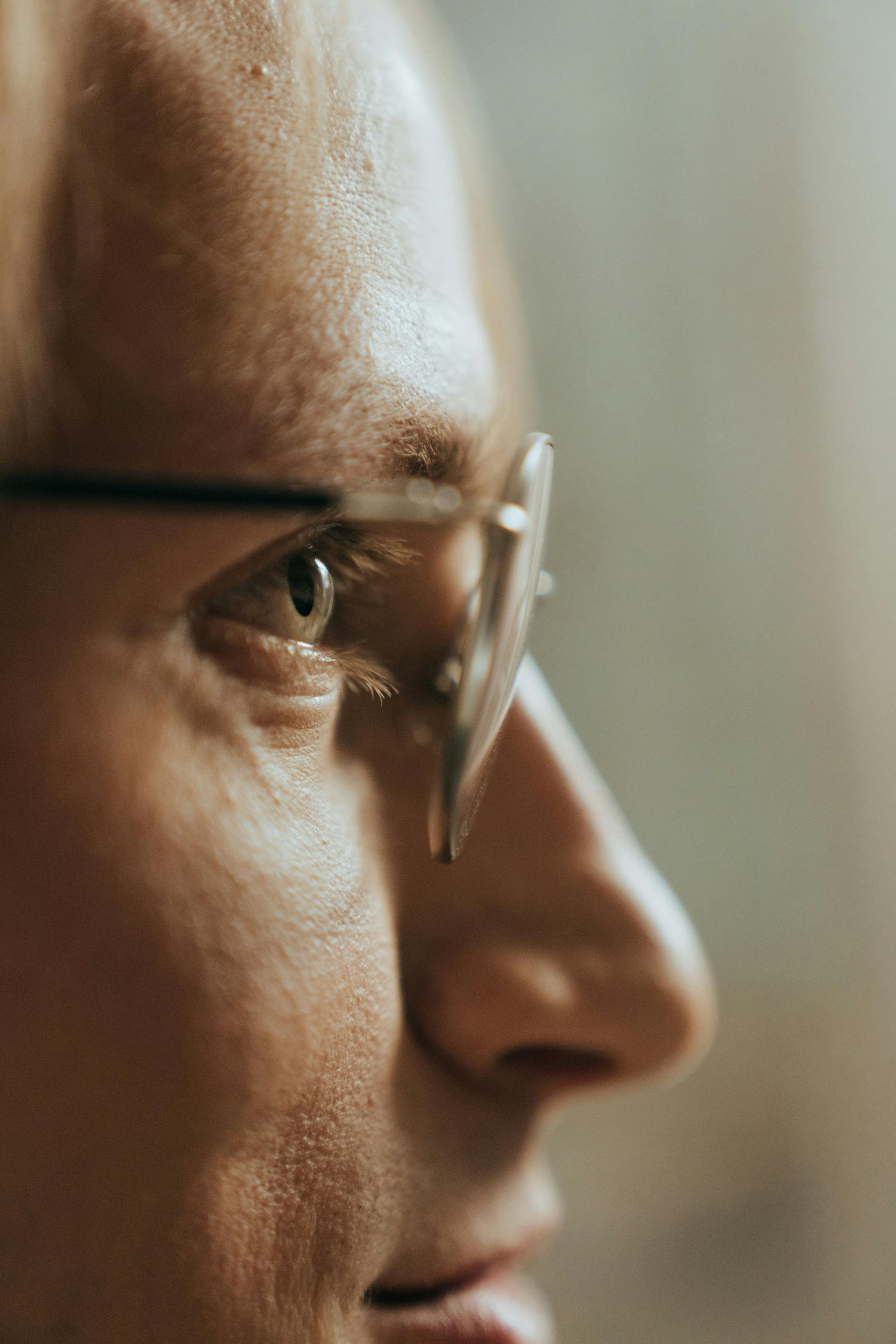

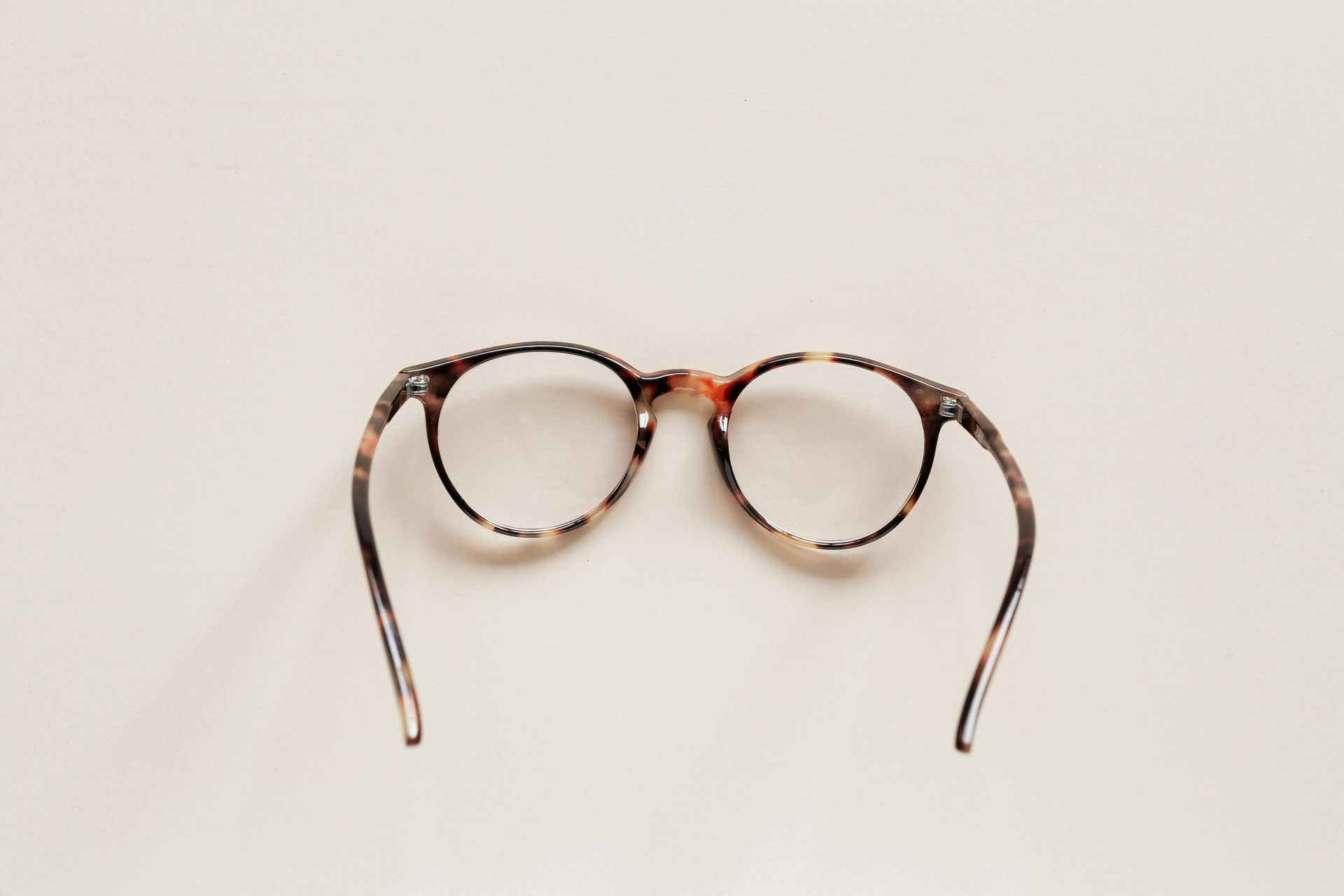

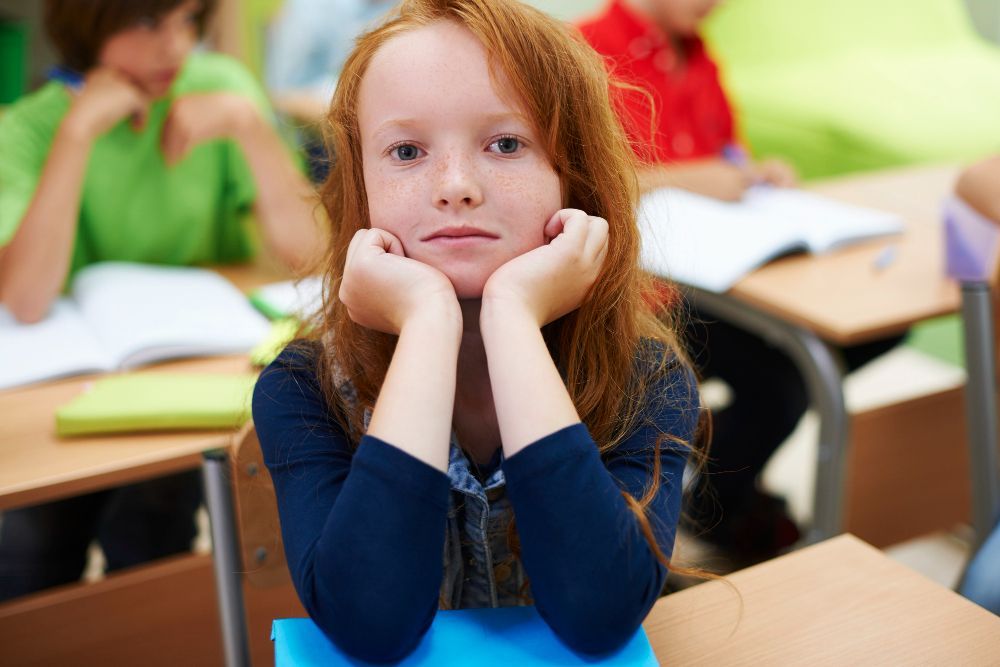
Nous utilisons des cookies pour optimiser votre expérience sur notre site web. Pour en savoir plus, veuillez accéder à la page Confidentialité.




